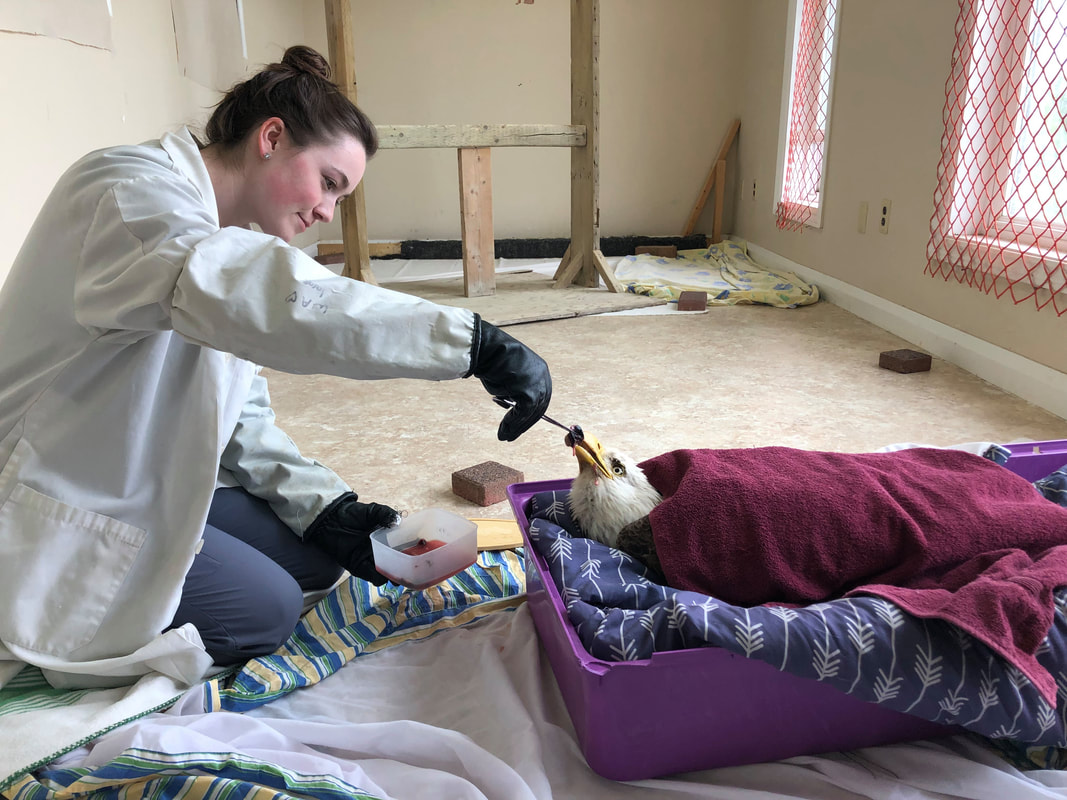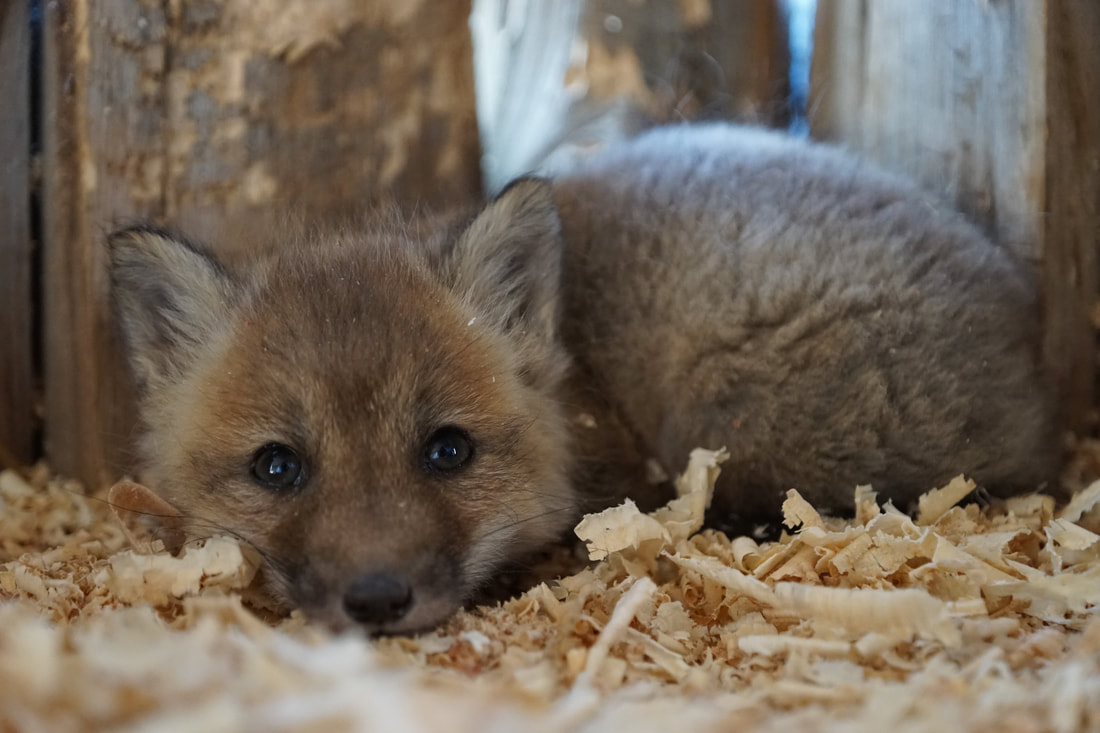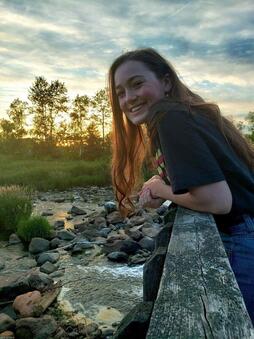|
by Marlee Pyott In 2008, humans passed a critical threshold from which we will likely never return. As of 2008, over half of the world’s human population is living in urban areas. Prior to this, over half of the world’s human population was living in rural areas. In Canada, however, this threshold was surpassed almost 70 years ago and as of today, 81% of Canadians live in an urban area. This has had an irreversible impact on our environment, especially on native wildlife populations. Most animals are admitted into wildlife rehabilitation centres as a result of human activity. Thus, as our population increases and our cities expand into natural habitats, more animals are at risk of injury. With animals and humans interacting more and more every year, educating the public on animal welfare has become increasingly important. Working at a wildlife refuge centre has given me the opportunity to work closely with many amazing animals and help them get back into the wild.
A fox kit from a litter of 4; all of which were found abandoned after their mother had died.
1 Comment
|
ELB MembersBlogs are written by ELB members who want to share their stories about Ontario's biodiversity. Archives
January 2023
Categories
All
|





 RSS Feed
RSS Feed